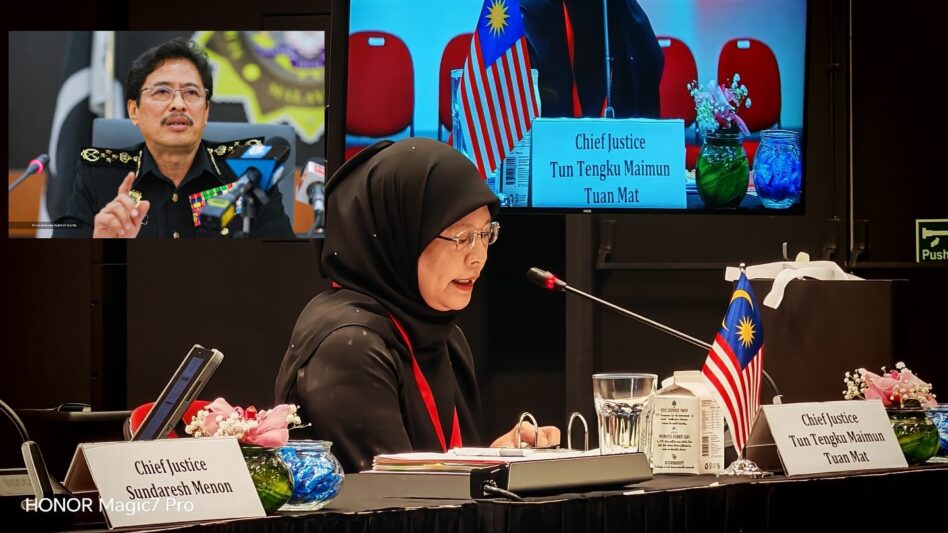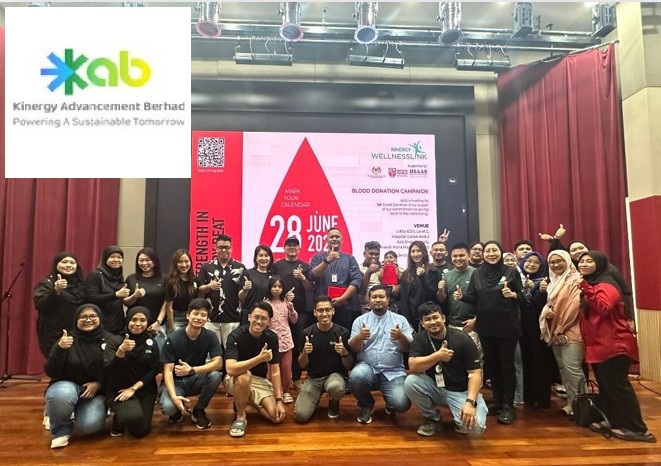THE global upstream O&G division continues to intensify its focus on efficiency and AI technology to optimise costs, production, and revenues.
Despite the clean energy advocacy, there is a resurgence in conventional exploration since calendar year 2023 (CY23), buoyed by a stable demand outlook and long-term forecast for oil prices to remain elevated for longer.
Additionally, the ongoing geopolitical tensions and OPEC+ supply cuts remain key impacts to the sector, offset by a possible increase in oil and gas production in the Americas and the Middle East.
“For our local front, PETRONAS had reported significant exploration successes, contributing to approximately 1 barrel of oil equivalent (boe) of new resources,” said MIDF Research (MIDF) in the recent Monthly Sector Report.
Ongoing exploration activities and new production sharing contracts (PSCs) are expected to continue supporting the division, with peak exploration expected in CY25, followed by development works in the wells.
“We opine that OGSE companies will remain the major beneficiaries to the robust upstream moving forward, notably OGSEs dealing with rig operations, drilling, EPCC, and maintenance and repair,” said MIDF.
The tanker market saw an increase in tanker deliveries, contributed by the lower charter rates and higher supply of vessels in Jan CY25, offset by lower charter rates across all tanker sizes, for short-term and long-term, as compared to Jan CY24.

Nevertheless, the demand growth for petroleum products had started to balance out the market, although the downside risks of geopolitical tensions remained.
“Moving forward, we expect the charter rates to keep being stabilized though we observe caution of the impact of the Russian sanctions and US trade tariffs on the maritime transportation sector,” said MIDF.
The surge in LNG prices in Jan CY25 by +35-37% year-on-year (yoy) was supported by the increase in demand for LNG, subsequently prompted the expansion of LNG terminals and pipelines.
Notable LNG development was 5 new LNG import projects coming online in Europe, which added 28.7bcmpa in new LNG import capacity.
Similarly in Malaysia, LNG terminals is expected to dominate the midstream market due to increasing demand for natural gas.
Ongoing development of LNG terminals and pipelines remain robust, with strong attention on PETRONAS’s recent venture in a Floating LNG facility, used to develop deepwater fields in Sabah.
The floating LNG plant is anticipated to commence operation in CY27, with a minimum production capacity of 2mTpa of LNG.
PETRONAS is focusing on enhancing the value of its petroleum products through refining, marketing, and manufacturing of petrochemicals.
“While we believe the demand for conventional fuel would remain sanguine in the near term, most major downstream players added additional priority for clean energy and biofuels,” said MIDF.
PETRONAS had outlined plans to increase its petrochemical portfolio to include specialty chemicals, while adding a new biorefinery plant to produce sustainable aviation fuel and renewable diesel.
These efforts are aligned with the energy transition plans under the National Energy Transition Roadmap (NETR) in shifting energy into a zero net carbon emission operation.
Additionally, there was also an increased focus in decarbonisation coming into CY25, via integrating renewable energy sources into downstream operations, such as solar, biomass and wind energy.
Moving forward, we expect these green energy initiatives to continue, amid the slow recovery of the petrochemicals and potential changes in policies regarding fuel subsidies.
PETRONAS had also emphasised its focus on exploration and development of the upstream division up until CY27.

“We are expecting Brent crude oil price to remain within the USD70-80pb, averaging around USD75pb in Feb CY25,” said MIDF.
MIDF opines that the initiatives to integrate renewables and clean fuel into a commercial level would continue in the near to mid-term.
These initiatives are part and parcel of Malaysia’s aim to achieve 31% renewable energy in its energy mix by CY35, and 70% by CY50.
As highlighted in PETRONAS’s Activity Outlook 2025-2027, they believe that Malaysia’s OGSE companies would continue to benefit from the new and ongoing upstream activities, as well as decarbonisation and clean energy solutions.
“In the near term, we are expecting the market to remain influenced by the changes in the macroeconomic ecosystem, including Fed interest rates, renewed energy policy in the US and Europe, renewed sanctions on China and Russia, and AI tech wars,” said MIDF.
At this juncture, MIDF remains cautious on the possible impact of the global economic changes and its impact on the operations of the oil and gas sector, particularly within the ASEAN region and in our local front. —Feb 5, 2025
Main image: Bernama









